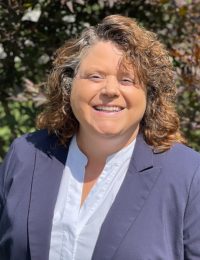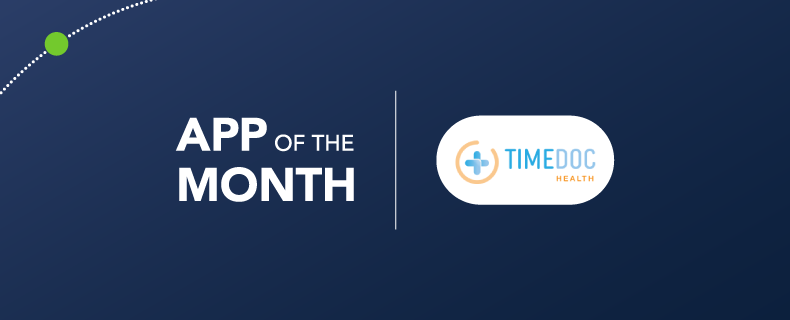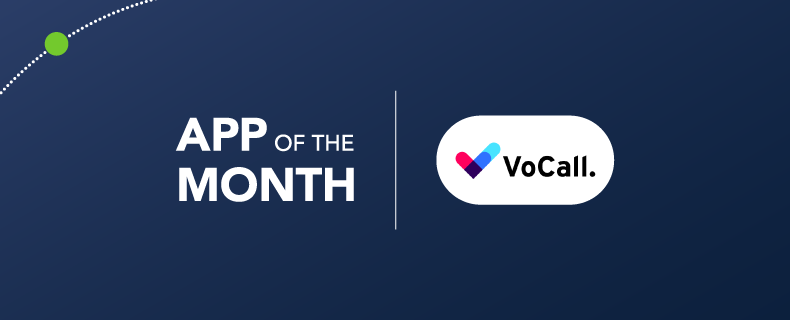Blog Posts
Tackling social determinants of health in an independent physician practice


Social determinants of health (SDOH) are receiving more attention in the health policy world than ever before, even as many in the clinical community have recognized for years the important influence of a patient’s life outside our interactions with them. Shifting how we reflect on and respond to factors like housing, food insecurity and literacy enables us to treat the “whole person” rather than a patient’s individual medical conditions.
That said, building an SDOH program can seem daunting, especially for smaller practices with limited budgets and personnel. Raleigh Pediatric Associates, where I serve as clinical director, recognized the need for a SDOH program five years ago and officially launched our efforts, built from scratch, in 2019. I’d like to share a few key takeaways from our 17-physician practice that others can replicate to get their own programs off the ground.
Screen everyone
After speaking with our clinical team and gathering anecdotal stories of how social determinants were affecting our patient base, our team decided we would screen all families seeking care from us for such factors. It was clear that there is a sizable portion of our patient population that does not qualify for Medicaid but is still in need of additional resources to maintain their health, and there are some social determinants that are not associated only with socioeconomic status. Further, there are many considerations you cannot physically see that affect a child’s health, such as parental job status or access to transportation, and we knew we would miss some people who need help if we were to make any assumptions.
Accordingly, we currently screen all patients when they first come to see a physician in our practice, as well as annually during their well visits. We plan to increase the frequency of the screening intervals, as it is clear that a patient’s circumstances at home can change at any time, a fact we’ve seen throughout the pandemic. Making the screening for SDOH a normal part of our inflow also helps remind patients that we are always able to help them seek assistance if needed.
Set the screening protocols
We are fortunate to care for patients in North Carolina, where the state has invested in a social healthcare infrastructure and made SDOH an identified element of the Medicaid program. When we were looking to frame our screening process, we first looked at SDOH questions from the state Medicaid program, and we evaluated where we felt we could best make a difference. While everything in the Medicaid screening recommendation is valid to patients, we made a conscious decision not to try to “boil the ocean,” instead selecting a few categories where we could really have a direct impact, namely with food, housing and transportation needs.
We use our patient intake platform, Phreesia, to ask patients questions we have customized based on our identified categories, and when a patient screens positive for a social need, it is added to their Allscripts medical record.
Further, we have found another advantage to using the patient intake process to gather the information: asking people for what can be perceived as sensitive or vulnerable information while they are at home, rather than sitting with a doctor or staff here in our practice, engenders the best response. This has been reflected in several studies of SDOH efforts, as well.
Build and maintain a list of resources
In extenuating cases requiring immediate intervention, our physicians may direct patients to the help they need, but more typically it is our family resource coordinator who contacts patients to connect them to assistive options. This is a role we created in 2019 as we prepared to launch our SDOH program, and it was filled by an existing staff member we knew would be perfect for this new position. Based on our patient census, this is a full-time job, but it is something that could be managed part-time for smaller practices.
When our family resource coordinator stepped into this role, her first job was to get on the phone with local social services organizations like food banks to build a list of resources we could share with our patients. North Carolina also built its own directory in the last several years, which connects to a national database, and has expanded the number of resources of which we are now aware and able to mention to or refer patients. There are also websites like FindHelp.org that identify local social programs after entering a zip code. All of these have been helpful to us and our patients.
It’s critical to get physician buy-in
Engaging our physicians throughout the program development process has been critical to the success of our SDOH-mitigation efforts. The family resource coordinator is not a revenue-generating role, but our practice recognized it was worth investing in for our patient population. Getting physician input into how to structure the gathering and presentation of SDOH information in the EHR is also critical to minimizing disruptions to clinical workflows, which is important given the limited time physicians have to spend with each patient.
Sustainability is attainable
Building the SDOH program at Raleigh Pediatric Associates required real effort up front, but we now have a smooth, manageable system in place. Embarking on this work means your patients will get more of the care they need, inside and outside the four walls of your practice. We have seen real change in the lives of some of our patients, in turn helping them to address risks to their health so they can ultimately live better, healthier lives.












